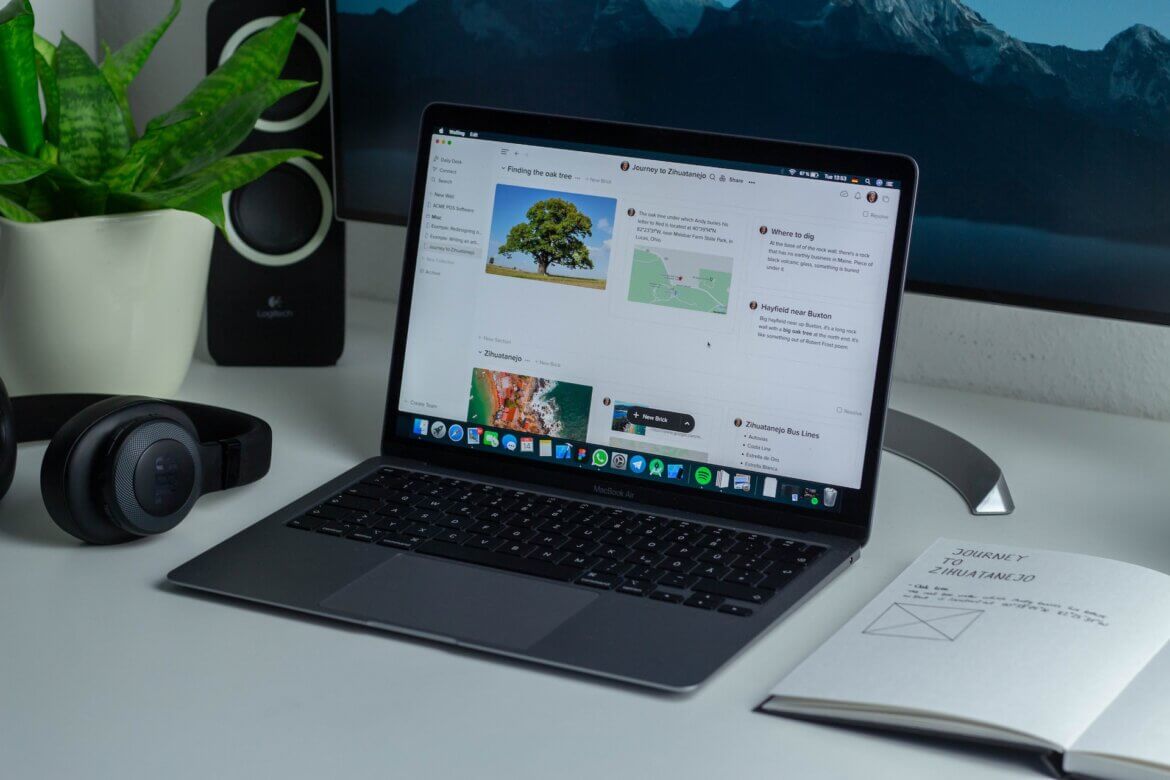Today’s online landscape is ever-changing, with users accessing the internet from a multitude of devices. As a result, businesses must adapt their website design to accommodate the diverse ways in which people interact with online content. Enter responsive web design, a powerful approach that ensures your website looks and functions optimally on all devices, offering a seamless and engaging user experience regardless of screen size or resolution. As a Phoenix Web Design Company providing custom website designs globally, Epic Web Solutions places a strong emphasis on crafting responsive digital experiences that drive results and create lasting impressions.
In this educational and informative blog post, we will delve into the foundations of responsive web design, highlighting the importance and benefits of adopting adaptive website strategies. Furthermore, we will provide you with actionable insights and best practices that can help elevate your website’s performance, user experience, and overall success in today’s device-rich environment.
Understanding the Core Principles of Responsive Web Design
Responsive web design (RWD) is an approach that allows websites to automatically adapt to different screen sizes and resolutions, ensuring a seamless and optimal user experience across various devices. RWD relies on three primary components:
- Fluid grids: This design strategy uses relative units, such as percentages, to define the width and height of elements, enabling them to resize proportionally depending on the screen size.
- Flexible media: By setting maximum widths or heights for images, videos, and other media elements, they can scale while maintaining their aspect ratios, preventing distortion or overcrowding.
- CSS media queries: These apply rules and styles based on properties like device type, screen resolution, and orientation, customizing the design and layout to fit the user’s device.
By understanding and implementing these principles, you can create a website that offers a tailored and user-centric experience for all visitors, regardless of how they access your content.
Implementing Fluid Grids and Flexible Media to Create Adaptive Layouts
Fluid grids and flexible media are the foundation of responsive web design, allowing elements on your website to resize proportionally with changing screen sizes. To implement these techniques:
- Use relative units: Instead of specifying pixel-based (fixed) dimensions for your website elements, opt for relative units like percentages, ems, or rems. This approach allows your content to scale adaptively to the dimensions of different devices.
- Set maximum and minimum dimensions: Define maximum and minimum widths or heights for your content containers and media elements. This practice prevents over-scaling or undesired shrinking and helps maintain legibility across varying screen sizes.
- Adjust column layouts: As screen sizes change, consider adjusting the number of columns in your website’s layout. For instance, you can utilize a single-column layout for smaller mobile screens and transition to multi-column layouts for larger screens to display content more efficiently.
Optimizing Website Navigation for Different Devices
Website navigation plays a crucial role in user experience and engagement. To ensure a seamless and intuitive browsing experience across various devices, consider the following:
- Utilize collapsible menus: Implement navigation menus that expand and collapse to efficiently display options on smaller screens. Hamburger menus, for example, have become a standard mobile-navigation system that saves screen real estate by hiding options until users tap the menu icon.
- Prioritize content: Strategically arrange content according to its importance, placing higher-priority items at the top of your navigation menu to ensure their visibility for your audience.
- Optimize touch targets: Since mobile devices rely on touchscreen inputs, ensure that your navigation elements are large enough to tap easily, with ample spacing to prevent accidental taps.
Capitalizing on Mobile-First Design Strategies
Mobile-first design is an approach that prioritizes mobile devices, considering their unique features and constraints, and progressively enhances the design as screen size increases. This strategy ensures optimal performance on mobile devices, where the majority of web traffic originates. To capitalize on mobile-first design strategies:
- Focus on core content and functionality: Start by designing your website’s layout and features for smaller screens, emphasizing the essential content and features your users require to accomplish their goals.
- Optimize for performance: Prioritize website loading speed on mobile devices by compressing images, minimizing HTTP requests, utilizing browser caching, and employing fast-loading fonts.
- Test on various devices: Regularly test your website on a range of devices, simulators, or emulators to ensure that it performs optimally and caters to the diverse needs of your audience.
Assessing the Impact of Responsive Web Design on Website Performance and Conversions
A crucial aspect of responsive web design is its impact on your website’s performance metrics and conversions. By monitoring key performance indicators (KPIs), such as bounce rate, time on site, and conversion rate, you can determine the effectiveness of your responsive design strategy and make data-driven improvements. To assess your website’s performance and responsiveness, consider the following:
- Utilize analytics tools: Employ popular analytics tools like Google Analytics or Adobe Analytics to measure your site’s KPIs, gain insights into user behavior, and evaluate the success of your responsive design.
- Test different layouts and designs: Perform A/B testing to compare the effectiveness of different responsive design variations on your website’s performance and conversions.
- Monitor mobile engagement: Pay close attention to your mobile audience’s engagement, including social media shares, clicks, and conversion rates, to understand the effectiveness of your mobile-first and responsive design strategies.
Conclusion
Responsive web design is essential for creating website experiences that cater to the ever-growing diversity of devices and screen sizes. By implementing fluid grids, flexible media, optimized navigation, and mobile-first design strategies, you can elevate your website’s user experience, attract more traffic, and drive conversions. The skilled professionals at Epic Web Solutions, a leading Phoenix Web Design Company, are ready to help you create a customized, responsive website that captivates your audience and supports your brand’s growth. Contact us today to discuss your project and explore the exciting future of responsive web design.




